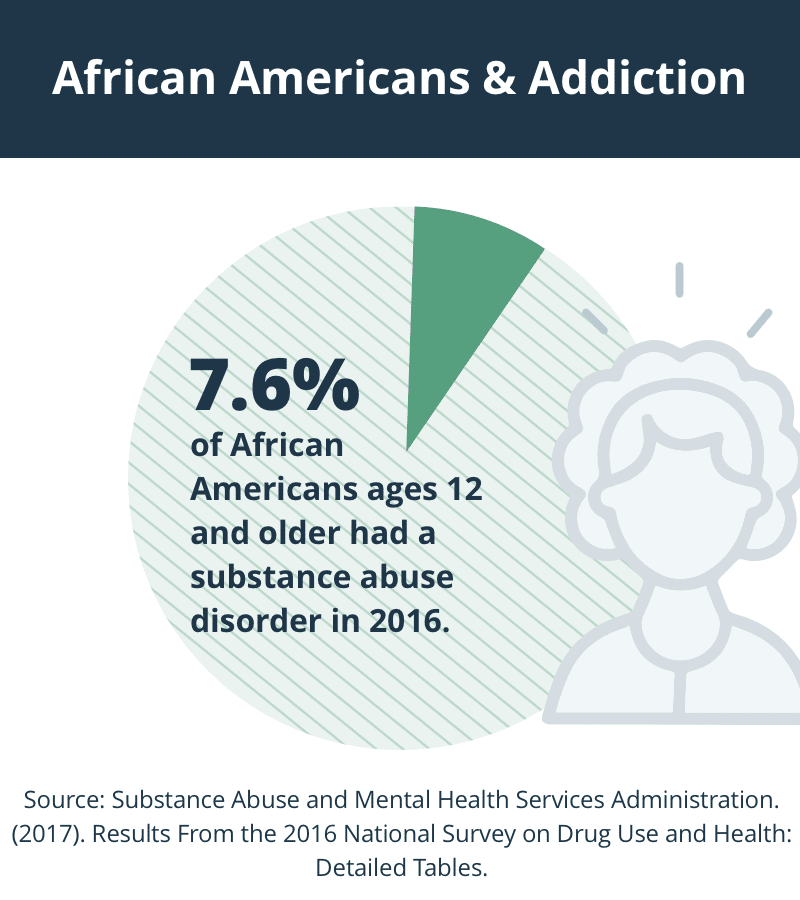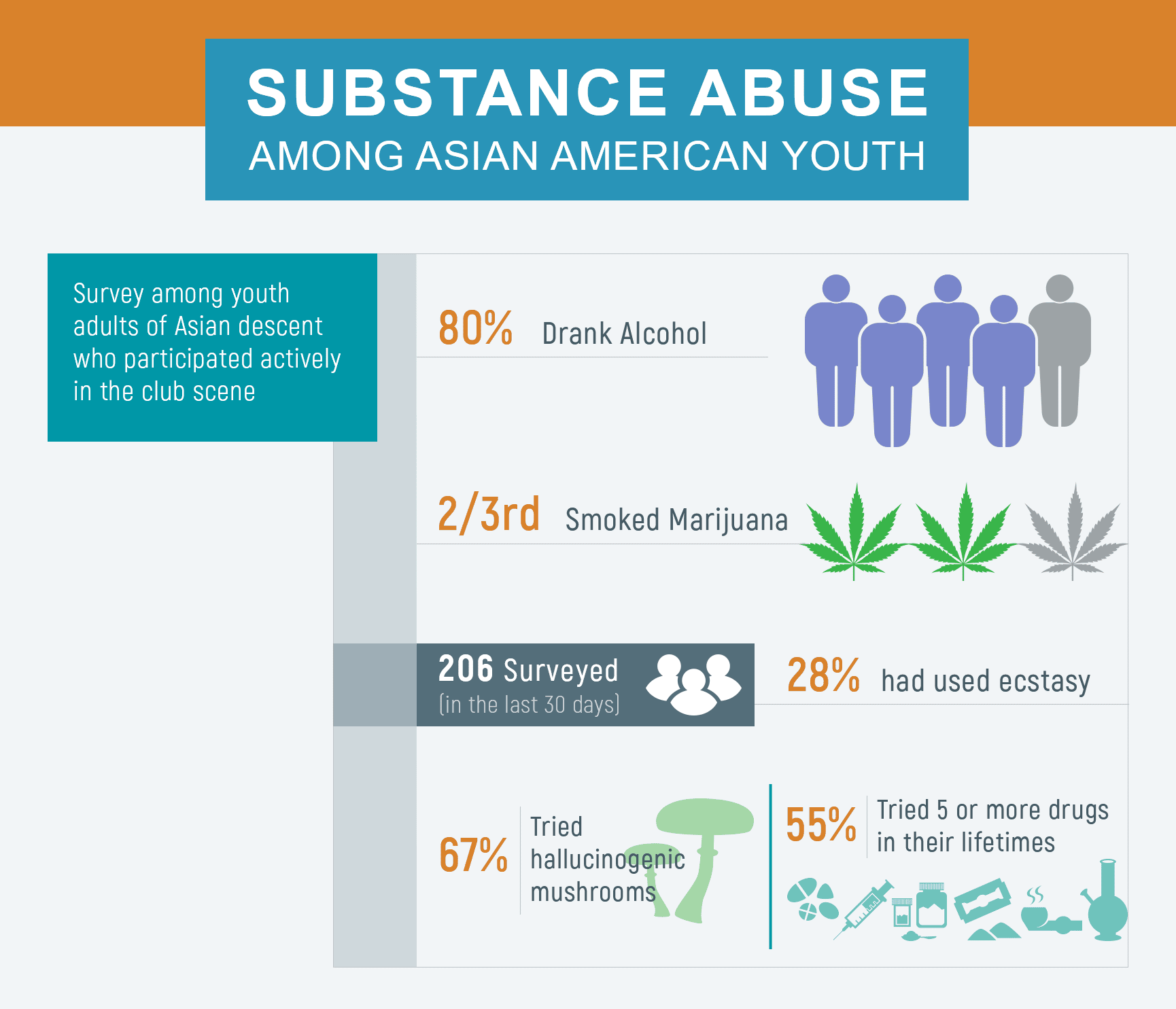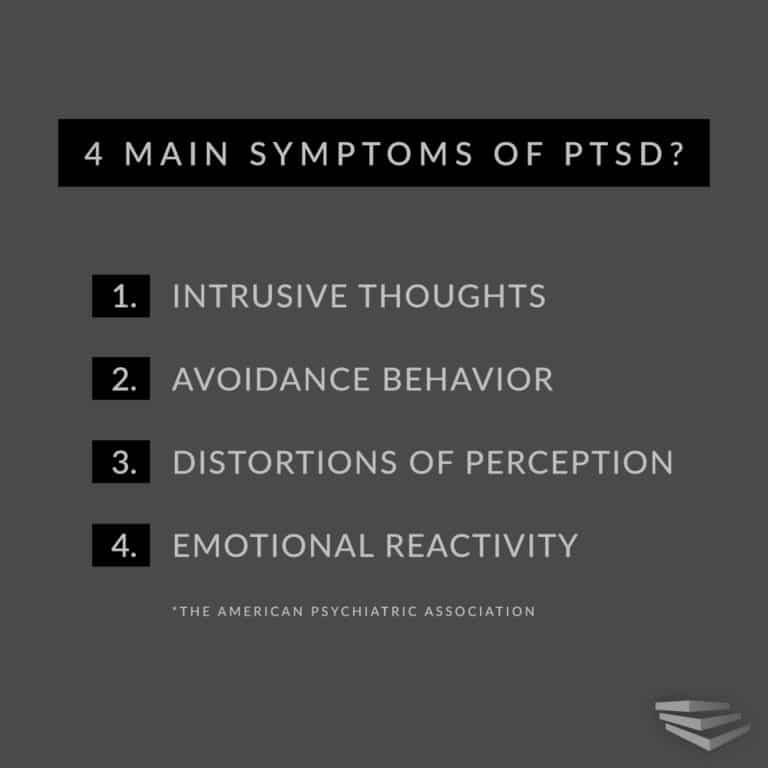Psychotherapy Treatment Options For Ptsd
In addition to promising social programs, there are many therapies focussing on the psychological aspect of PTSD. CBT focuses on changing thought patterns and cognitions to decrease negative emotions, develop skills to cope with anxiety and negative thoughts, restore effective social skills, and develop ways to manage anger and future trauma symptoms .
Eye Movement Desensitization and Reprocessing is an Information Processing Therapy that combines elements of CBT, psychodynamic, interpersonal, experiential and body-centred therapies to treat PTSD . During EMDR, the client thinks of past or present traumatic experiences while concurrently focusing on a stimulus such as auditory tones, tactile stimulation, or visual cues . This leads to dual attention, changing the processing of the traumatic memories and decreasing anxiety when thinking about the traumatic experience. It has been suggested that PTSD is due to an inability to adequately process the trauma and EMDR may be useful in this reprocessing . In an EMDR study by Rothbaum, only 10% of participants who were treated with EMDR therapy exhibited PTSD symptoms after treatment, compared to 88% of non-treatment control patients . Although the role of the eye movements has been contested, EMDR is proving to be an effective treatment option for PTSD .
Statistics On Ptsd Treatment And Outlook
PTSD treatment is becoming increasingly available, and PTSD treatment statistics indicate a positive outlook for treatment. One study found that as many as 46 percent of people with PTSD improved within six weeks of beginning psychotherapy. Researchers have found that as many as 62 percent of people receiving medication for PTSD show improvement. The VA recognizes the need for PTSD treatment for veterans, and PTSD treatment is now available at all VA locations. There are also nearly 200 VA locations with specialized PTSD programs.
If you or your loved one is struggling with PTSD or another mental health concern in addition to a substance use disorder, contact The Recovery Village today to learn more about our evidence-based treatment programs available at facilities across the country.
Check out the Nobu app to learn more about PTSD symptoms, diagnosis, and treatment, and connect with mental health professionals that can help. It is free and for anyone that is looking to reduce anxiety, work through depression, build self-esteem, get aftercare following treatment, attend teletherapy sessions and so much more. Download the Nobu app today!
How Common Is Ptsd In Children And Teens
Trauma can happen at any age. When children or teenagers experience trauma, they can develop PTSD. Certain types of trauma are more likely to lead to PTSD. Learn how many children and teenagers have PTSD.
Reading time: minutes
Studies show that about 15% to 43% of girls and 14% to 43% of boys go through at least one trauma. Of those children and teens who have had a trauma, 3% to 15% of girls and 1% to 6% of boys develop PTSD. Rates of PTSD are higher for certain types of trauma survivors.
Recommended Reading: Social Security Office In Tulsa Ok
The Number Of Veterans With Ptsd Varies By Service Era
- Operations Iraqi Freedom and Enduring Freedom About 11-20 out of every 100 Veterans who served in OIF or OEF have PTSD in a given year.
- Gulf War About 12 out of every 100 Gulf War Veterans have PTSD in a given year.
- Vietnam WarAbout 15 out of every 100 Vietnam Veterans were currently diagnosed with PTSD at the time of the most recent study in the late 1980s, the National Vietnam Veterans Readjustment Study . It is estimated that about 30 out of every 100 of Vietnam Veterans have had PTSD in their lifetime.
Other factors in a combat situation can add more stress to an already stressful situation. This may contribute to PTSD and other mental health problems. These factors include what you do in the war, the politics around the war, where the war is fought, and the type of enemy you face.
Another cause of PTSD in the military can be military sexual trauma . This is any sexual harassment or sexual assault that occurs while you are in the military. MST can happen to both men and women and can occur during peacetime, training, or war. Among Veterans who use VA health care, about:
- 23 out of 100 women reported sexual assault when in the military.
- 55 out of 100 women and 38 out of 100 men have experienced sexual harassment when in the military.
There are many more male Veterans than there are female Veterans. So, even though military sexual trauma is more common in women Veterans, over half of all Veterans with military sexual trauma are men.
Ptsd Treatment For Veterans: Effective Approaches

Thankfully, there are several effective and evidence-based forms of mental health care designed to treat veterans experiencing PTSD. In fact, the U.S. Department of Veterans Affairs has been a driving force in the development and testing of many PTSD treatment modalities, and VA health care facilities offer a wide spectrum of mental health services. Veterans interested in their mental health treatment options should consult resources available on VA.gov, including pages compiled by the VAs National Center for PTSD.
Recent research suggests that psychotherapy is the most effective first-line approach to treating PTSD. Psychotropic medications may also be helpful, particularly when combined with talk therapy approaches. Additionally, some studies indicate that veterans with PTSD may benefit from coping methods that they can practice independently, without clinicians present.
Read Also: How Long Do Long Term Disability Benefits Last
Alterations In Cognition And Mood
Traumatic experiences can produce a complex mix of cognitive and emotional consequences. Veterans with PTSD can experience some or all of the following disruptions in their moods and thinking patterns, and these symptoms may combine to reinforce one another.
- Difficulty remembering certain details of the traumatic event
- Negative beliefs about oneself, others, or the world more generally, such as Im a bad person,Im a weak person, or People cant be trusted
- Inaccurate, self-loathing, or self-blaming thoughts about the cause or nature of the traumatic event, such as I could have prevented this,I caused this,I should have been able to save him, or I should have died instead
- Feelings of guilt, shame, fear, or horror in connection with the negative thoughts and beliefs noted above
- Feelings of detachment or estrangement from others
- An inability to experience positive emotions such as contentment or happiness, even when circumstances would seem to warrant them
But First What Is Ptsd What Are Its Statistics
“PTSD, or Post Traumatic Stress Disorder, is a mental disorder that can occur following the experience or witnessing of life-threatening events such as military combat, natural disasters, terrorist incidents, serious accidents, or physical or sexual assault in adult or childhood.”
-Nebraska Department of Veterans’ Affairs
In the U.S., it is thought that 70% of Americans have experienced at least one traumatic event in their lifetime. Of these individuals, 20% have previously struggled or continue to struggle with symptoms of Post Traumatic Stress Disorder. Others may experience acute stress disorder, a mental health challenge that surfaces within the first month after a traumatic event with a similar psychiatric diagnosis in many ways to PTSD.
At any given time in the past year, prevalence of PTSD in adults living in America has been about 8%. Some of the symptoms include:
Read Also: Long Term Disability Insurance Lawyer
World War 2 Ptsd Prevalence
Among individuals who had previously sought psychiatric treatment, 37% of the World War 2 veterans and 80% of the Korean War veterans had current PTSD. It was found that 54% of a group of psychiatric patients who had been in combat during World War 2 met criteria for PTSD. At the time, the prevalence for PTSD was 27%.
The Average Number Of Suicides Among Veterans Is 176 Per Day
This is the most recent data. PTSD can cause war flashbacks and acute stress disorder, among other things, which can further compel them to try to self-medicate, abuse drugs, or turn to excessive drinking instead of seeking professional medical help.
As PTSD in veterans facts and stats show, they are 58% higher risk of committing suicide than veterans who were not diagnosed with PTSD.
Recommended Reading: How Much Can A Person Make On Disability
Ptsd Statistics By Trauma
PTSD is rooted in traumatic events. The following statistics illustrate the percentage of people who will likely develop PTSD after experiencing these traumatic events:
- Sexual assault: 49%
- Shoot and stabbing victims: 15.4%
- The unexpected death of a loved one: 14.3%
- Parents of children with life-threatening illnesses: 10.4%
- Witnesses of violence: 7.3%
Alterations In Arousal And Reactivity
In individuals with PTSD, the brain and body experience a continued sense of danger long after the actual threat has passed. In particular, the amygdala, the region of the brain that processes fear and emotion, remains unusually active as if life-threatening danger remained present.
Accordingly, veterans with PTSD may experience an ongoing sense of being on guard, which mental health experts term hypervigilance. This heightened awareness and reactivity to ones surroundings can translate to the following difficulties, either while on active duty or post-deployment:
- Irritability or a propensity to angry outbursts
- Reckless, dangerous, or self-destructive behavior
- Being easily startled
- Excessive wariness regarding ones environment
- Problems with attention or concentration
- Difficulty sleeping
Don’t Miss: Is Stress At Work A Disability
Avoidance Of Reminders Of Traumatic Events
Because recalling traumatic events can be emotionally distressing, many individuals with PTSD avoid people, places, or things that might remind them of these experiences. Either intentionally or unconsciously, people with a diagnosis of PTSD typically steer clear of stressors that might trigger the painful thoughts and feelings associated with their trauma.
Among veterans with PTSD, this avoidance might involve resisting discussion of their military service or withdrawing from friendships with fellow service members. Post-deployment, veterans may rebuff questions from family members and loved ones about their combat experiences.
For many veterans with PTSD, seeking help may be extremely challenging, as doing so will likely involve direct discussion of their trauma. This barrier, coupled with our cultures general stigma regarding mental illness, causes far too many veterans to avoid the mental health care they need.
Ptsd Statistics By Gender

Recommended Reading: Social Security Office Cypress Tx
How Long Does Ptsd Last For
Some people with PTSD recover within just 6 months, while others have symptoms that can last much longer. In some people, the condition becomes chronic and can result in depression and anxiety. A doctor, such as a psychologist or psychiatrist, who has experience helping people with mental illnesses can diagnose PTSD.
Statistics Related To Mental Health Disorders
The following are the latest statistics available from the National Institute of Mental Health Disorders, part of the National Institutes of Health:
-
Mental health disorders account for several of the top causes of disability in established market economies, such as the U.S., worldwide, and include: major depression , manic depression , schizophrenia, and obsessive-compulsive disorder.
-
An estimated 26% of Americans ages 18 and older — about 1 in 4 adults — suffers from a diagnosable mental disorder in a given year.
-
Many people suffer from more than one mental disorder at a given time. In particular, depressive illnesses tend to co-occur with substance abuse and anxiety disorders.
-
Approximately 9.5% of American adults ages 18 and over, will suffer from a depressive illness each year.
- Women are nearly twice as likely to suffer from major depression than men. However, men and women are equally likely to develop bipolar disorder.
- While major depression can develop at any age, the average age at onset is the mid-20s.
- With bipolar disorder, which affects approximately 2.6% of Americans age 18 and older in a given year — the average age at onset for a first manic episode is during the early 20s.
Most people who commit suicide have a diagnosable mental disorder — most commonly a depressive disorder or a substance abuse disorder.
Read Also: How To Heal From Complex Ptsd
Normally 7% To 35% Police Officers Suffer From Ptsd And Depression Police Ptsd Statistics Reveal
PTSD is usually associated with the military, but police officers suffer from it as well. According to a recent study, 47% of active-duty law enforcement officers screened positive for PTSD in times of crisis .
On top of that, police officers with 5-10 years of experience in the force showed higher risks of developing the symptoms of PTSD and depression, as opposed to police officers with less than 5 years and over 10 years of experience.
Sadly, most of them are reluctant to ask for professional help as the community may observe it as a sign of weakness.
Disinhibited Social Engagement Disorder
Disinhibited social engagement disorder occurs in children who have experienced severe social neglect or deprivation before the age of 2. Similar to reactive attachment disorder, it can occur when children lack the basic emotional needs for comfort, stimulation and affection, or when repeated changes in caregivers prevent them from forming stable attachments.
Disinhibited social engagement disorder involves a child engaging in overly familiar or culturally inappropriate behavior with unfamiliar adults. For example, the child may be willing to go off with an unfamiliar adult with minimal or no hesitation. These behaviors cause problems in the childs ability to relate to adults and peers. Moving the child to a normal caregiving environment improves the symptoms. However, even after placement in a positive environment, some children continue to have symptoms through adolescence. Developmental delays, especially cognitive and language delays, may co-occur along with the disorder.
The prevalence of disinhibited social engagement disorder is unknown, but it is thought to be rare. Most severely neglected children do not develop the disorder. Treatment involves the child and family working with a therapist to strengthen their relationship.
You May Like: Can You Get Short Term Disability And Unemployment
How Do You Know If You Have Ptsd
Symptoms of posttraumatic stress disorder or PTSD include :
- Re-living symptoms: Triggers easily cause flashbacks, intense memories, and terrible nightmares of the incident. These can result in an extreme fight-or-flight response. You experience intense fear and panic attacks. You also develop chest tightness, palpitations, rapid breathing, and increased blood pressure, among others.
- Avoidance symptoms: You avoid places, people, activities, things, and even thoughts and emotions that remind you of the traumatic event.
- Increased arousal symptoms: Small things like loud noises and stressful events can easily startle and rattle you. You feel jittery, nervous, quick to anger, moody, and paranoid. You also develop sleep problems.
- Increased mood and cognition symptoms: You develop negative thoughts and cognitive issues like the inability to focus, concentrate, remember things, or recall memories, especially of the traumatic event. You may also have distorted thoughts and emotions where you blame yourself and feel guilty for what happened.
To be diagnosed with PTSD, you must have :
- At least one symptom of re-experiencing or reliving the traumatic event or incident
- At least one symptom of avoidance
- At least two symptoms of increased reactivity or arousal
- At least two symptoms of cognitive and mood problems
How Common Is Ptsd In Adults
Most people experience a traumatic event at some point in their lives. It’s typical for us to recover over time. But some people develop PTSD. Learn how many adults have PTSD in the United States.
Reading time: minutes
PTSD can occur after you have been through a trauma. A trauma is a shocking and dangerous event that you see or that happens to you. During this type of event, you think that your life or others’ lives are in danger.
Going through trauma is not rare. About 6 of every 10 men and 5 of every 10 women experience at least one trauma in their lives. Women are more likely to experience sexual assault and child sexual abuse. Men are more likely to experience accidents, physical assault, combat, disaster, or to witness death or injury.
PTSD can happen to anyone. It is not a sign of weakness. A number of factors can increase the chance that someone will develop PTSD, many of which are not under that person’s control. For example, if you were directly exposed to the trauma or injured, you are more likely to develop PTSD.
Recommended Reading: Do You Claim Disability On Taxes
Up To 20% Of Veterans Who Served In Oif And Oef Suffer From Ptsd Military Ptsd Stats Indicate
The number of veterans with PTSD depends on which service areas theyve been involved with. Some veterans have seen combat, some have been through horrible, life-threatening situations. As a result, Operation Iraqui Freedom and Operation Enduring Freedom have left 11 to 20 out of 100 veterans with PTSD in the given year.
Mental And Behavioral Health Issues

- Substance Use Disorders: More than 20% of all veterans with PTSD also struggle with substance abuse challenges, referred to clinically as substance use disorders. Among veterans of the Iraq and Afghanistan war, for example, 63% diagnosed with substance abuse problems were also diagnosed with PTSD. The connection may relate to coping: Substance abuse may represent a means to manage distressing thoughts and feelings related to experienced trauma.
- Other Mental Health Disorders: Among people diagnosed with PTSD, roughly 80% meet diagnostic criteria for at least one other form of mental illness. Veterans are no exception to this troubling pattern. Many military service members with PTSD also experience depression and anxiety among other conditions. Additionally, some research indicates that veterans with PTSD are at increased risk of committing suicide, particularly if they experience combat-related guilt.
Don’t Miss: Is Sickle Cell A Disability In Uk
